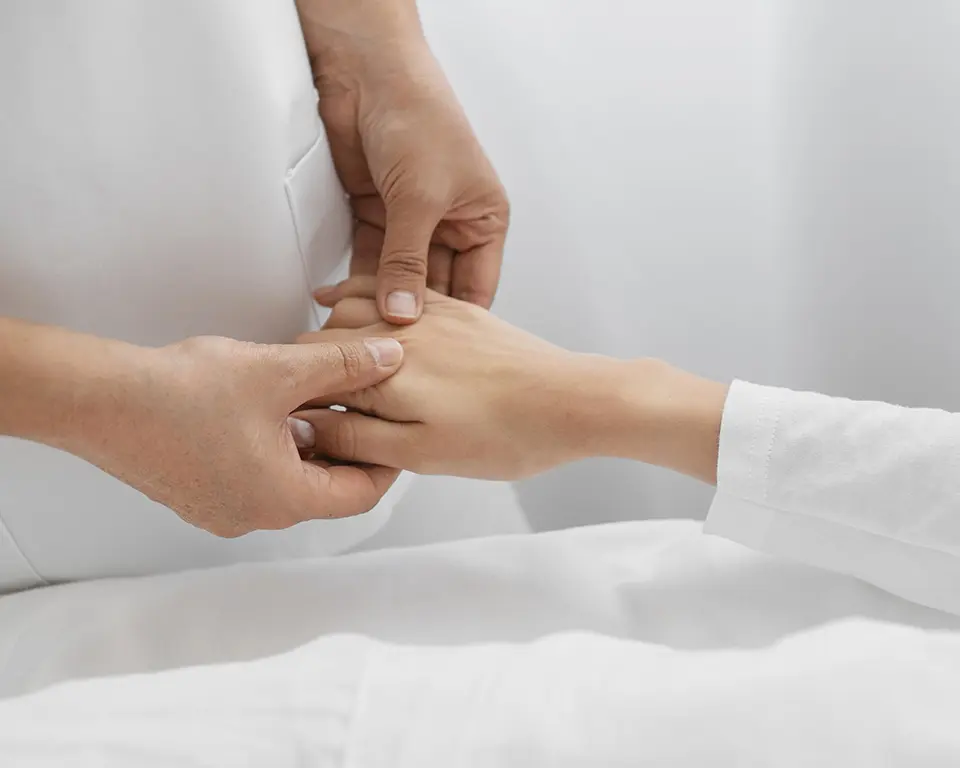Why it's done
– Syndactyly is frequently seen in every 2000 live births.
– It is seen unilaterally in half of the patients, usually between the 3rd and 4th fingers.
– It occurs more frequently in males.
– There is a possibility of hereditary transmission.
– Simple incomplete syndactyly may show familial transmission with a rate of 10-40%.
Treatment Objectives and Principles:
The main purpose of syndactyly surgery is to correct the adhesion between the
fingers.
To prevent the formation of surgical scars and deformities with zig-zag incisions.
In cases of partial syndactyly, not with a skin patch, but with a shift from normal skin.
repair
Protection of nail structures. Correction of deformities, if any, in bone structures.
Surgery and Recovery:
– The surgery is usually performed between 24-36 months of the child.
– It is aimed to correct the area between the two fingers without damaging it.
– Postoperative recovery may take 10-15 days.
– Skin grafts can be used to complete the missing tissues.
– Physiotherapy and exercises can support the postoperative process.
– Early treatment is recommended in cases of complex syndactyly.
– Syndactyly surgeries are usually performed under general anaesthesia.
Register Form
MedCaria Private Clinics
Daily Nurse Services
Surgery at the Best Hospitals
4/5-* Hotel Accommodations
VIP Transfers
